
Key takeaways• “Ugly” is a human label; most of these looks are hard-won adaptations that help the animals eat, move, signal, or survive.• From the California condor’s bald head to the star-nosed mole’s sensory “star,” each trait does a job.• Several species here are threatened or endangere...

Earth hosts more than 7.7 million animal species, and over 20% face extinction. Many of the planet’s most unusual creatures now teeter on the brink. Photographer Tim Flach spent more than two years documenting some of the most emblematic and striking species, prompting us to reconsider our relation...

Nature is not only magnificent and mysterious, but also full of joy and warmth. Those casual expressions, clumsy movements, even an awkward fall, can instantly make you forget your worries. Ready to laugh? These wild animals' dramatic performances are sure to brighten your day!Keep CyclingHide a...
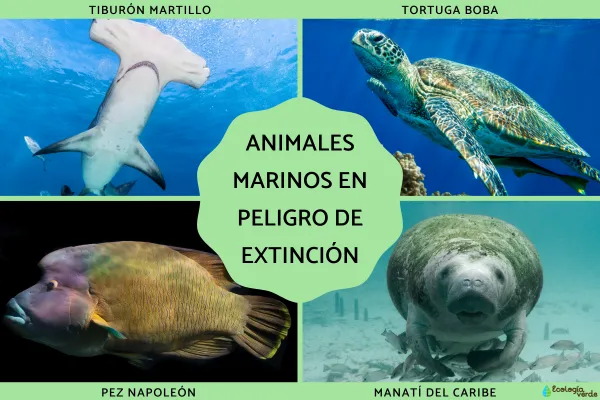
Curious about which marine species are on the brink? Iconic examples include the vaquita, blue whale, Hector’s dolphin, sea otter, and giant manta ray. Like every ecosystem on Earth, the oceans hold many species with very small populations that are still declining. This guide introduces 35 notable...

Mexico, located in North America, covers more than 1.96 million km² of territory and is home to over 127 million people. Beyond its cultural richness, the country stands out as one of the world’s biodiversity hotspots. Its diverse geography — mountains, volcanoes, prairies, tropical forests, dese...
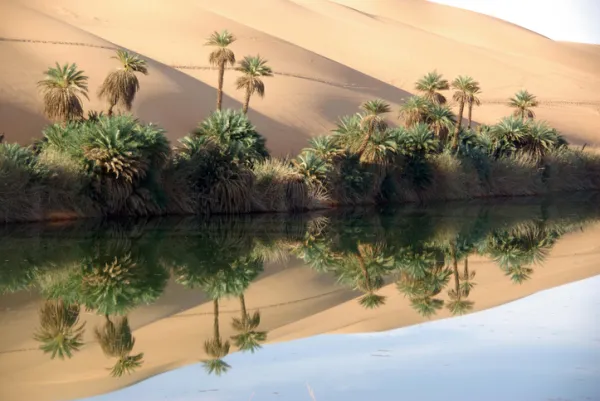
When we think of ecosystems with great natural richness, lush jungles and dense forests full of vegetation and abundant wildlife often come to mind first. Without a doubt, these environments represent some of the most biodiverse places on Earth.However, if we turn our eyes to deserts — landscapes t...
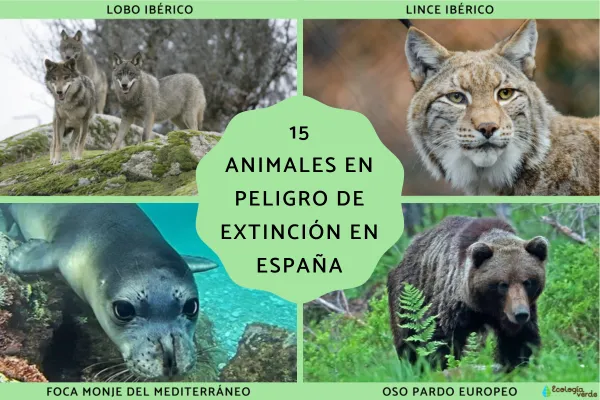
The Iberian lynx, spur-thighed tortoise, Mediterranean tortoise, black stork, Iberian wolf, European brown bear, bearded vulture, common chameleon—these are just a few examples of animals in danger of extinction in Spain. In recent decades, more than 150 species have been recorded as endangered in...
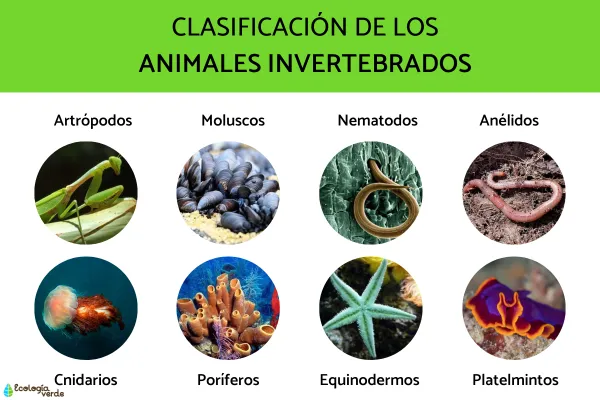
In the animal kingdom, invertebrates are often the most misunderstood group. Many people feel aversion or even fear toward them, without realizing that these organisms actually represent 95% of all known animal species on Earth. To put it into perspective, there are around 35 phyla in the animal kin...
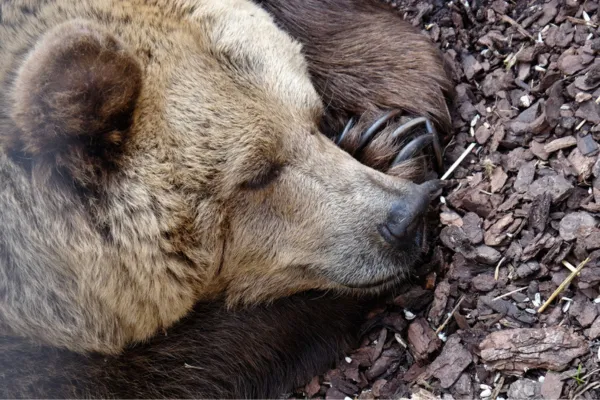
When we think of “hibernation,” many people imagine a long winter sleep where animals hide away and remain motionless until spring. However, the concept is often misunderstood. Not all animals hibernate, and not every state of torpor or sluggishness qualifies as true hibernation. For example, if y...
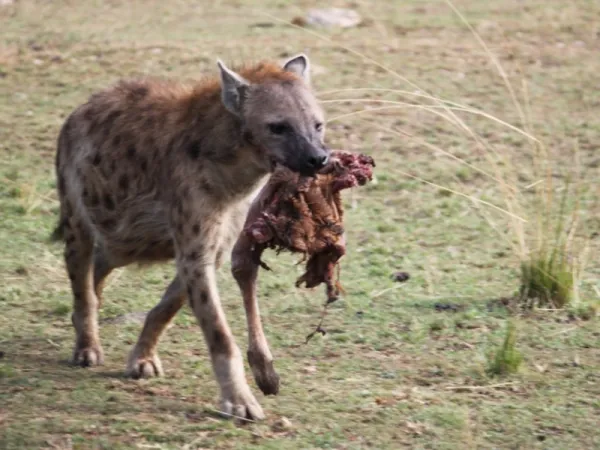
We often use the word “vulture” or “scavenger” in everyday language with a negative meaning, to describe someone who takes advantage of others’ misfortunes. This image comes from nature itself: vultures circling in the sky before feeding on the remains of dead animals.But in reality, scavenger...

Usain Bolt, the world record–holding sprinter, has been clocked at nearly 45 km/h. For humans, that is almost superhuman — but in the animal kingdom, this speed pales in comparison.Many animals rely on pure speed for survival. Some are predators that must run, swim, or dive faster than their prey,...
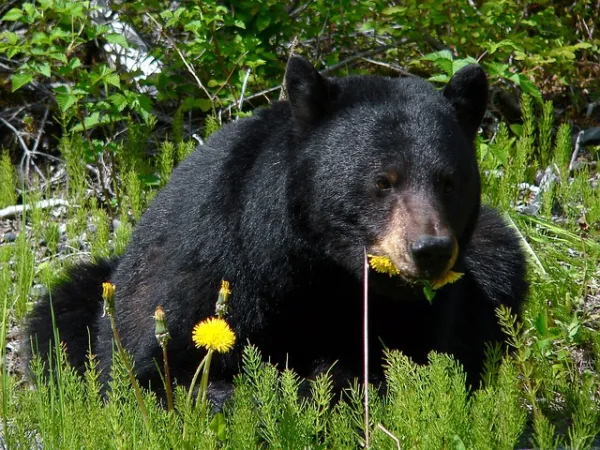
Animals can be classified in many ways, and one of the most common is by their diet. Broadly, we distinguish between:Herbivores: those that feed only on plants.Carnivores: those that feed exclusively on meat.Omnivores: those that eat both plants and animals.The term omnivore comes from Latin (omnis...
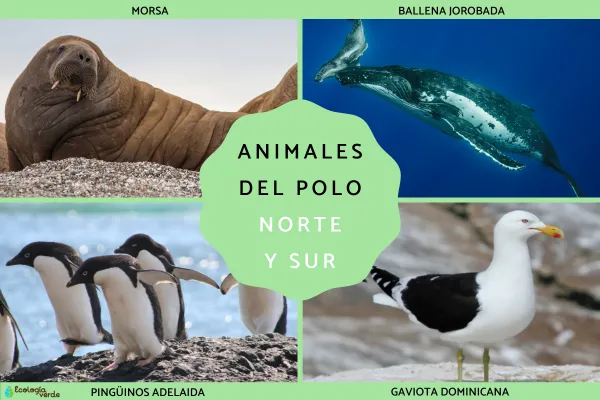
The polar regions—the Arctic (North Pole) and the Antarctic (South Pole)—are some of the most extreme and inhospitable places on Earth for humans. Temperatures are freezing, vegetation is scarce, and survival is extremely difficult. Yet, despite these harsh conditions, a remarkable variety of anim...

Let’s start with a quick question: What do we call animals that reproduce through eggs? And another: What do we call animals that lay eggs? You may think the answers are identical, but actually they are not. In this article, we will explain the difference and provide a detailed list of egg-laying a...
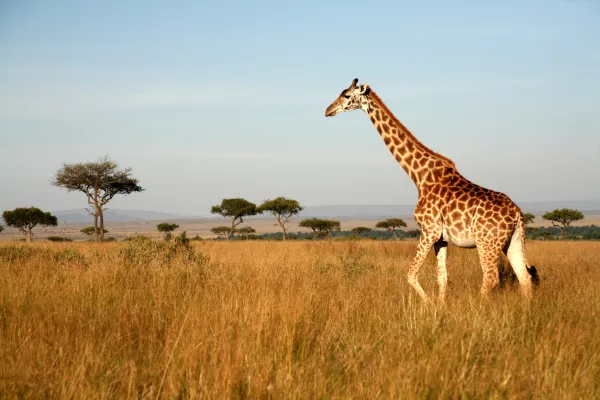
When people hear “African savanna,” many immediately think of scenes from The Lion King: lions like Simba, meerkats like Timon, and warthogs like Pumbaa. Indeed, these characters are inspired by real savanna animals. But beyond these well-known species, what other fascinating creatures inhabit thi...
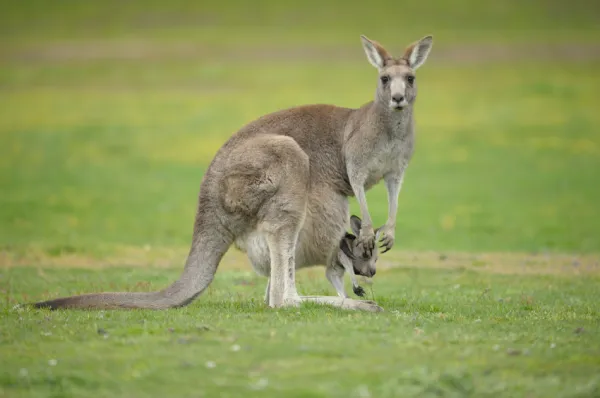
The diversity of animal life on our planet is immense, and preserving this biodiversity is essential for maintaining ecological balance. Among the many unique groups of animals, marsupials stand out as a distinctive class within mammals. These animals are fascinating because of their unusual reprodu...
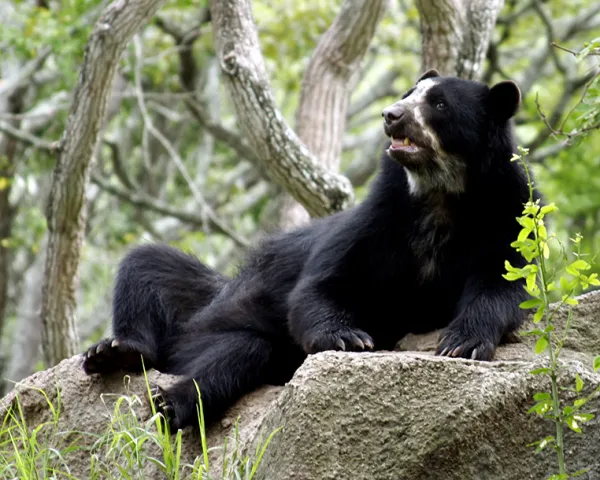
Peru is one of the countries with the greatest biodiversity on Earth, thanks to its diverse ecosystems that range from the Amazon rainforest to the Andes mountains, the Pacific coast, and even arid deserts. Sadly, many of its species are now threatened with extinction.The Amazon rainforest, often ca...

In popular culture, migration has often been reflected in sayings such as “On Saint Blaise’s Day, you will see the stork, and if you don’t, it will be a snowy year” or “On Saint John’s Day, the stork begins to fly.” These proverbs are based on traditional knowledge of bird migration and highl...
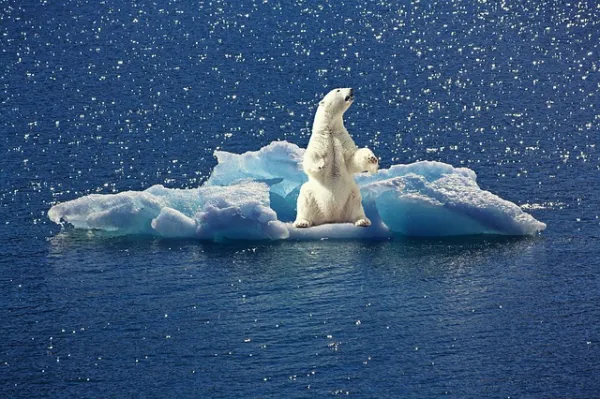
Climate change and global warming have become undeniable realities, and one of the regions most affected is the Arctic. The ice is melting at an alarming rate, and the animals that depend on it are facing severe threats to their survival.For these species, there are only two choices: adapt to the ne...
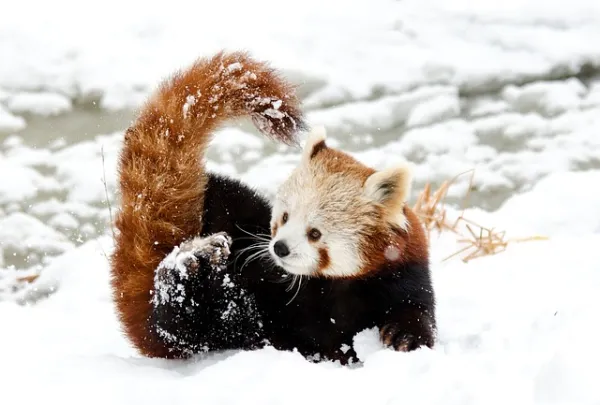
Across the globe, countless animal species are on the brink of extinction. Asia, with its vast biodiversity and dense human populations, is one of the regions where this crisis is most evident. The main threats to wildlife here are illegal hunting and trafficking (either live animals or their body p...